
How to Use regulador: Examples, Pinouts, and Specs
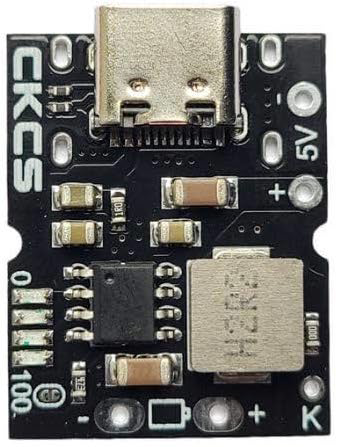
 Design with regulador in Cirkit Designer
Design with regulador in Cirkit DesignerIntroduction
A voltage regulator is an electronic device that maintains a constant output voltage level despite variations in input voltage or load conditions. It ensures that electronic circuits receive a stable voltage supply, which is crucial for their proper operation. Voltage regulators are widely used in power supply systems, embedded systems, and various electronic devices to protect sensitive components from voltage fluctuations.
Explore Projects Built with regulador
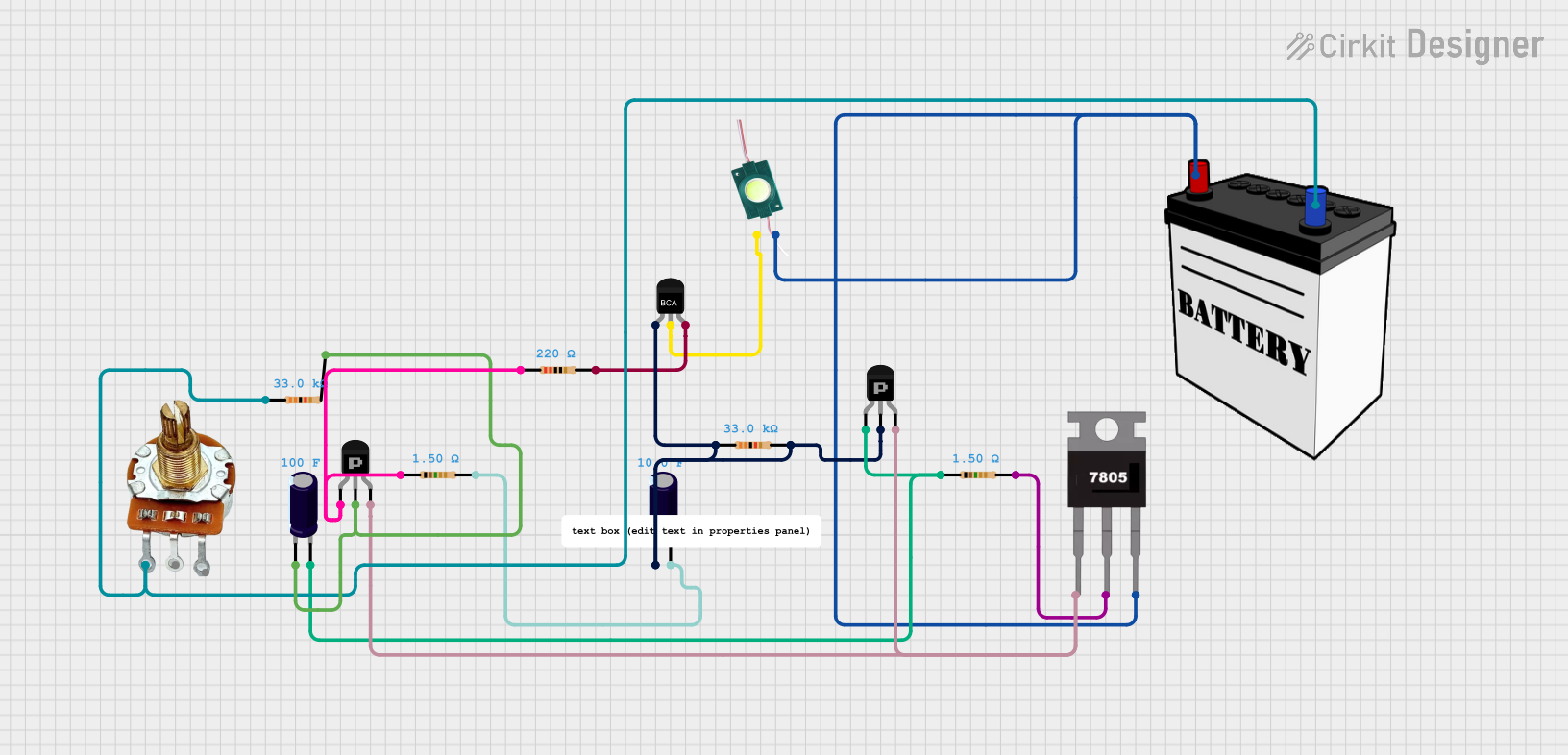
 Open Project in Cirkit Designer
Open Project in Cirkit Designer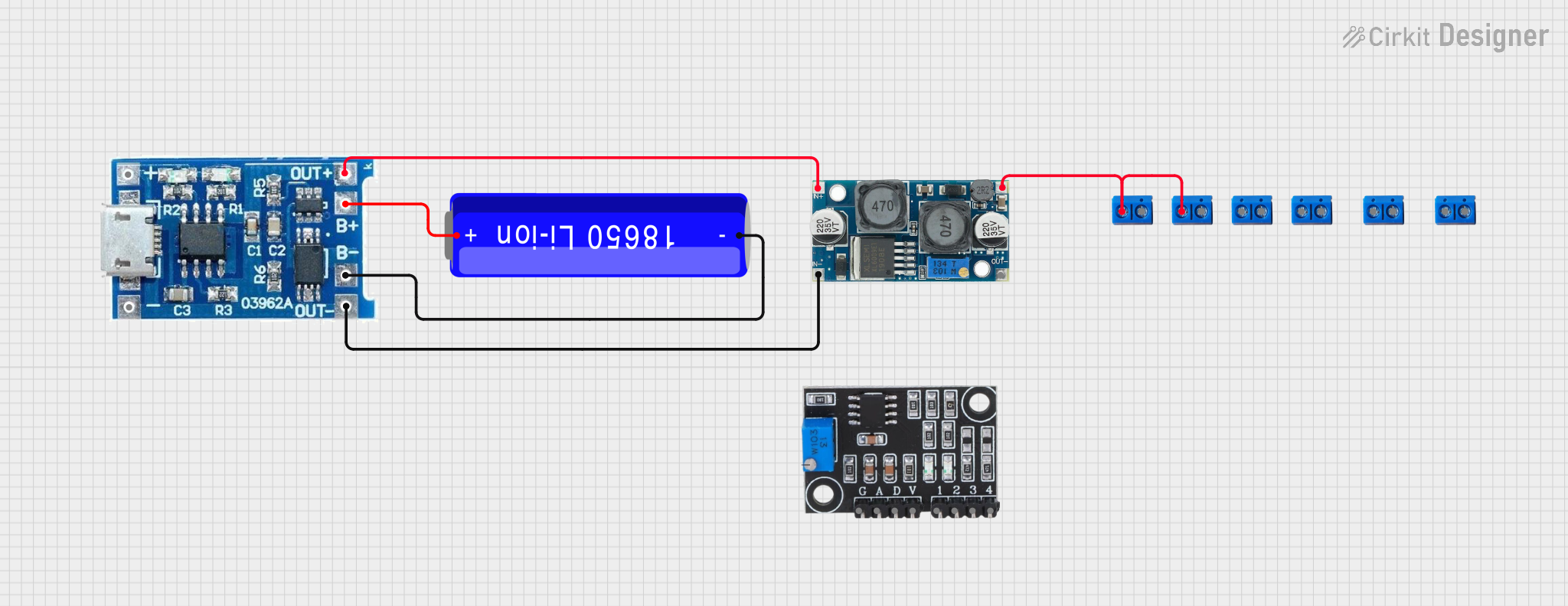
 Open Project in Cirkit Designer
Open Project in Cirkit Designer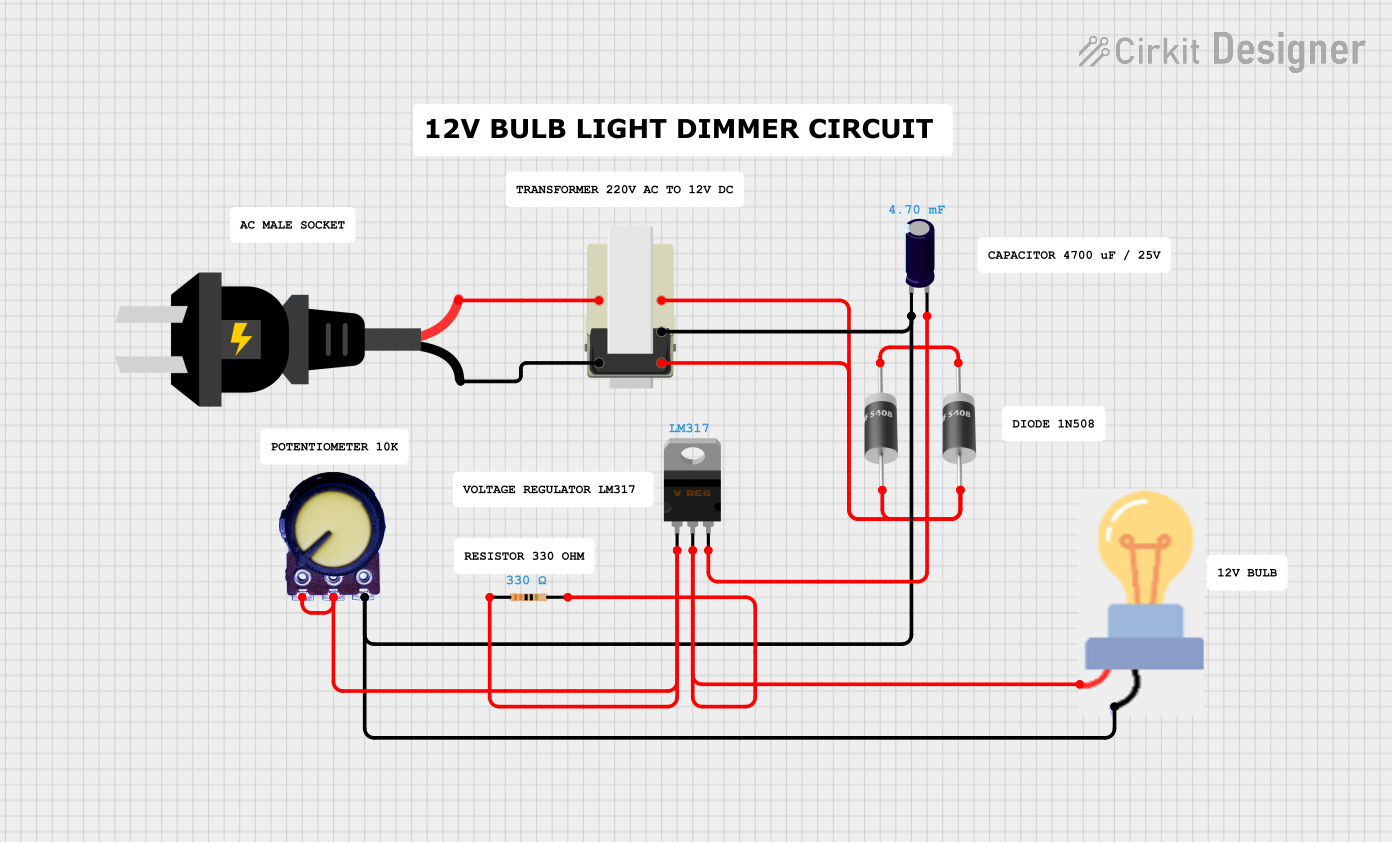
 Open Project in Cirkit Designer
Open Project in Cirkit Designer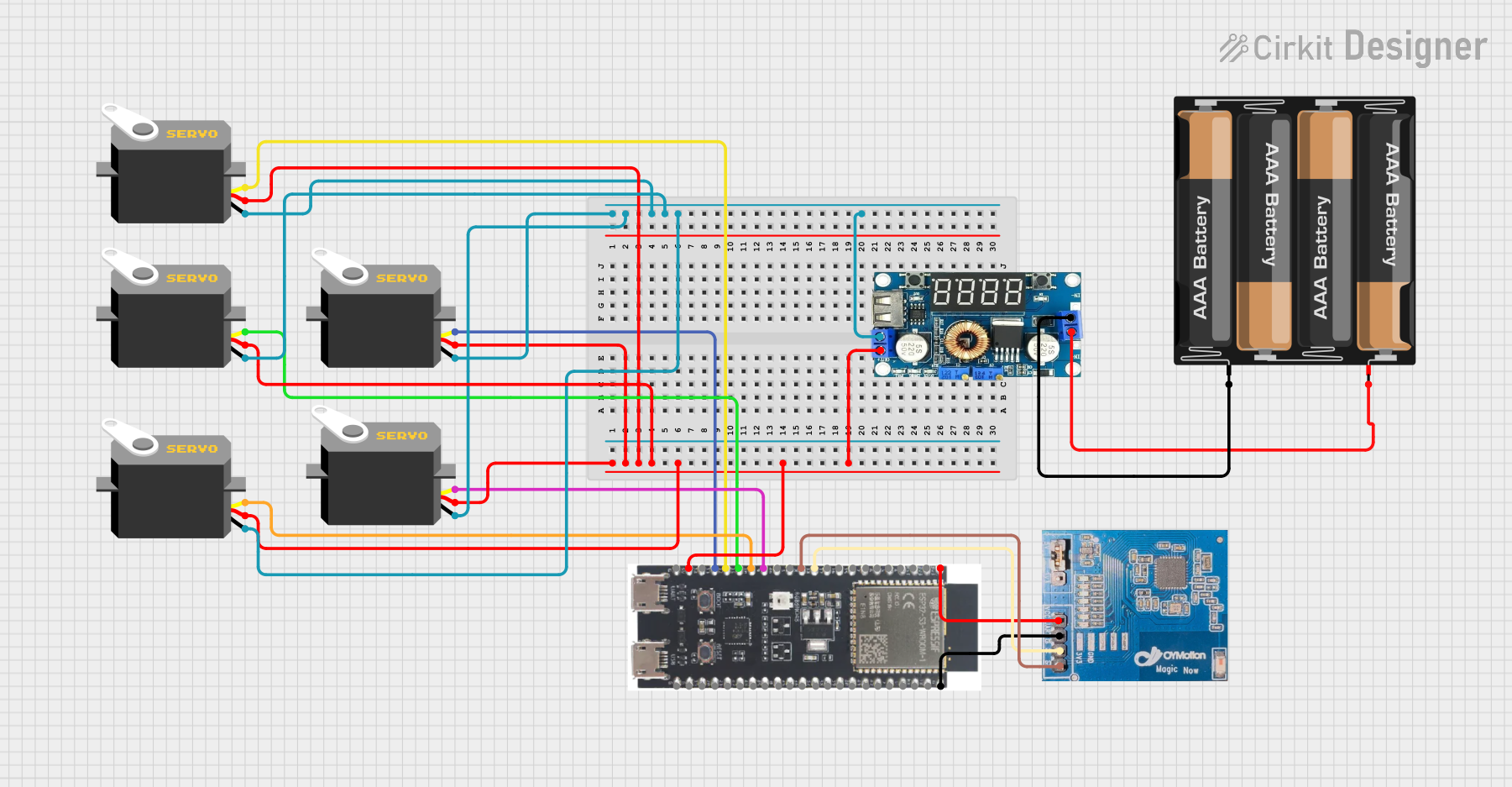
 Open Project in Cirkit Designer
Open Project in Cirkit DesignerExplore Projects Built with regulador

 Open Project in Cirkit Designer
Open Project in Cirkit Designer
 Open Project in Cirkit Designer
Open Project in Cirkit Designer
 Open Project in Cirkit Designer
Open Project in Cirkit Designer
 Open Project in Cirkit Designer
Open Project in Cirkit DesignerCommon Applications and Use Cases
- Power supply circuits for microcontrollers and sensors
- Battery-powered devices to regulate voltage as the battery discharges
- Protection of sensitive electronic components from voltage spikes
- Voltage stabilization in automotive and industrial systems
- Use in DC-DC converters and linear power supplies
Technical Specifications
Below are the general technical specifications for a common linear voltage regulator, such as the LM7805 (5V regulator). Specifications may vary depending on the specific model.
Key Technical Details
- Input Voltage Range: 7V to 35V (typical for LM7805)
- Output Voltage: 5V (fixed for LM7805; adjustable for other models)
- Output Current: Up to 1.5A (with proper heat dissipation)
- Dropout Voltage: Approximately 2V (minimum difference between input and output voltage)
- Thermal Shutdown: Built-in protection against overheating
- Short-Circuit Protection: Prevents damage in case of output short circuit
- Operating Temperature Range: -40°C to +125°C
Pin Configuration and Descriptions
The following table describes the pinout for a standard 3-pin voltage regulator (e.g., LM7805):
| Pin Number | Name | Description |
|---|---|---|
| 1 | Input (IN) | Connects to the unregulated input voltage source |
| 2 | Ground (GND) | Common ground for input and output |
| 3 | Output (OUT) | Provides the regulated output voltage |
Usage Instructions
How to Use the Component in a Circuit
Connect the Input Voltage:
- Attach the unregulated DC voltage source to the Input (IN) pin.
- Ensure the input voltage is at least 2V higher than the desired output voltage (e.g., for 5V output, input should be ≥7V).
Connect the Ground:
- Connect the Ground (GND) pin to the common ground of the circuit.
Connect the Output Voltage:
- Use the Output (OUT) pin to supply the regulated voltage to your circuit.
Add Capacitors:
- Place a capacitor (e.g., 0.33µF) between the Input (IN) pin and ground to filter input noise.
- Place another capacitor (e.g., 0.1µF) between the Output (OUT) pin and ground to stabilize the output voltage.
Important Considerations and Best Practices
- Heat Dissipation: Voltage regulators can generate heat during operation. Use a heatsink if the regulator is supplying high current or if the input-output voltage difference is large.
- Input Voltage Range: Ensure the input voltage stays within the specified range to avoid damaging the regulator.
- Bypass Capacitors: Always use the recommended capacitors to prevent oscillations and ensure stable operation.
- Load Current: Do not exceed the maximum output current rating to avoid overheating or damage.
Example: Connecting a Voltage Regulator to an Arduino UNO
Below is an example of how to use an LM7805 voltage regulator to power an Arduino UNO with a 12V input source.
Circuit Diagram
- Input: 12V DC power supply
- Output: 5V regulated voltage to Arduino UNO's 5V pin
- Capacitors: 0.33µF (input) and 0.1µF (output)
Code Example
The following Arduino code demonstrates a simple LED blink program powered by the regulated 5V supply:
// Simple LED Blink Program for Arduino UNO
// Ensure the Arduino is powered by the 5V output of the voltage regulator
const int ledPin = 13; // Pin connected to the onboard LED
void setup() {
pinMode(ledPin, OUTPUT); // Set the LED pin as an output
}
void loop() {
digitalWrite(ledPin, HIGH); // Turn the LED on
delay(1000); // Wait for 1 second
digitalWrite(ledPin, LOW); // Turn the LED off
delay(1000); // Wait for 1 second
}
Troubleshooting and FAQs
Common Issues Users Might Face
Regulator Overheating:
- Cause: Excessive current draw or high input-output voltage difference.
- Solution: Use a heatsink or reduce the load current.
Output Voltage Not Stable:
- Cause: Missing or incorrect bypass capacitors.
- Solution: Add the recommended capacitors (0.33µF on input, 0.1µF on output).
No Output Voltage:
- Cause: Incorrect wiring or damaged regulator.
- Solution: Verify connections and replace the regulator if necessary.
Voltage Drop Under Load:
- Cause: Exceeding the maximum current rating.
- Solution: Reduce the load current or use a higher-capacity regulator.
FAQs
Q1: Can I use a voltage regulator with an AC input?
A1: No, voltage regulators require a DC input. Use a rectifier and filter circuit to convert AC to DC before connecting to the regulator.
Q2: What happens if I reverse the input and output connections?
A2: Reversing connections can damage the regulator. Always double-check the pinout before wiring.
Q3: Can I use a voltage regulator to step up voltage?
A3: No, linear voltage regulators can only step down voltage. Use a DC-DC boost converter for stepping up voltage.
Q4: How do I choose the right voltage regulator for my project?
A4: Consider the required output voltage, maximum load current, input voltage range, and power dissipation when selecting a regulator.